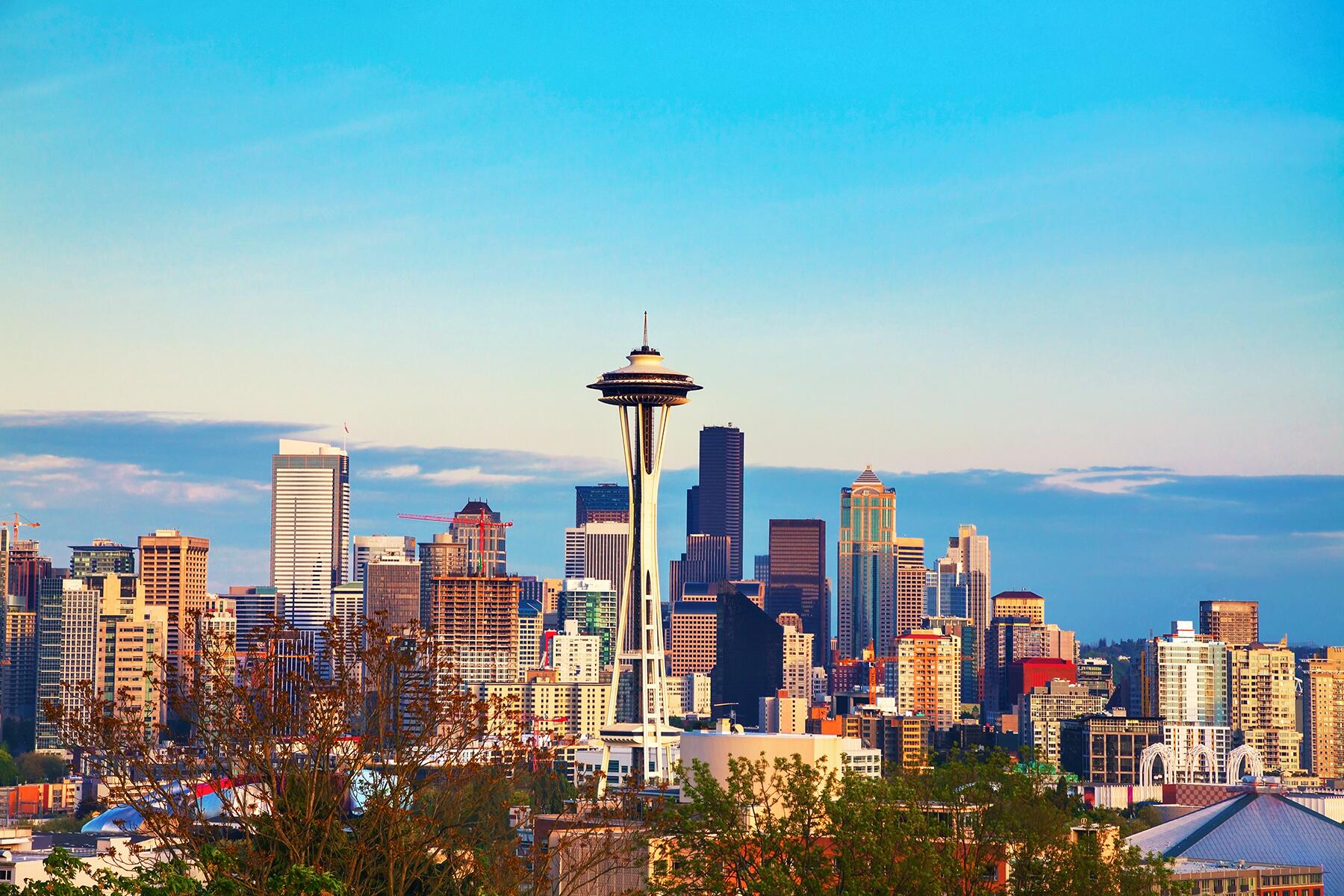“Alexa, play ‘Future Nostalgia’ by Dua Lipa.”
In 1949, a coffee shop by the name of Googie’s presided over the intersection of Sunset Boulevard and Crescent Heights Boulevard in Los Angeles. Designed by architect John Lautner, the building featured unique elements, such as a roof that angled upward. The coffee shop would become so emblematic of a certain style of mid-century architecture known for its bold and futurist aesthetic that the whole movement would be named after the shop. Although Googie’s was demolished in the late ’80s to make way for a shopping center, there are still examples of this uniquely Space Age style scattered throughout the U.S.




